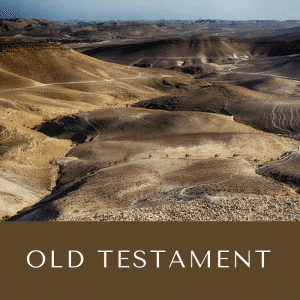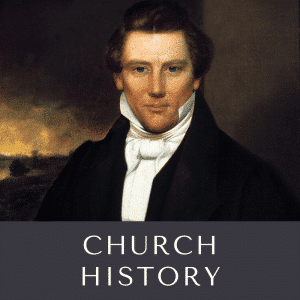Description
The Salvation of this Church
June 26, 1846, Captain James Allen and a small detachment of soldiers from the United States Army approached the Latter-day Saint settlement of Mt Pisgah in Iowa territory. Their orders were to recruit 500 Mormon men to form a battalion and march off to California to join in the war with Mexico.
They were not well received at Pisgah. Wilford Woodruff said, “I had some reason to believe them to be spies.” Albert Smith said, “For the government to make such a demand when we were driven from our homes and possessions and were scattered upon the plains from Nauvoo to the Missouri river was more cruel than the grave.” Daniel Berry Rawson said, “I felt indignant toward the Government that had suffered me to be raided and driven from my home. I made the uncouth remark that ‘I would see them all damned and in Hell.’ I would not enlist.”
However, President Brigham Young had a different vision. He stood before the Saints and said, “This thing is from above [and] for our good.”
With that, the men stepped forward and signed up, but it was hard. William Hyde said,
“When the news of the call came, I looked upon my family and then upon my aged parents and the situation of the camps in the midst of an uncultivated wild Indian country, and my soul revolted. But when I came to learn the mind of the Lord, and on learning that the offering had to be made…I said, ‘Here am I, take me.’”
The men came forward and the billets were filled. On July 20, they began to depart. Zadok Judd said,
“This was quite a hard pill to swallow to leave wives and children on the wild prairie destitute and almost helpless…but the word came from the right source and seemed to bring the spirit of conviction of its truth with it.”
William Hyde described leaving his family behind. “The thoughts of leaving them at this critical time are indescribable.”
Nevertheless, he and all the others left Winter Quarters bound for California. The rigors and sufferings of those who made that march are impossible to adequately describe and comprehend by modern readers, yet the Battalion was successful—perhaps even more than they knew.
They were discharged in July 1847, in Los Angeles and began to make their way east searching for their families, they knew not where.
The contributions of the Mormon Battalion are as many and varied as the historians who interpret and summarize their story. Nevertheless, of all that could be said or should be, this entry from the dairy of Reddick Newton Allred says it best. He wrote,
“Dec. 19, 1847, I crossed the Missouri River and went 8 miles to Little Pigeon, Allred’s settlement, where I found my wife and daughter living with father—all well and overjoyed at the safe return of their soldier boy and husband. … After we rested awhile Prest. Young proclaimed a jubilee in the Log Tabernacle at Kanesville and invited the returned soldiers. As Br. Wm. Hyde and I were approaching, President Young said to Prest. Kimball and others (pointing to us), ‘These men were the salvation of this Church.’ “
And so they were!
From this day forward, when we are called upon to do hard things, may we remember them and do likewise.
Sources:
The Remarkable Journey of the Mormon Battalion by Landon and Metcalf, p. 18-26
Journal of Reddick Allred, 19 Dec. 1847, Family and Church History Department Archives, The Church of Jesus Christ of Latter-day Saints
Copyright Glenn Rawson 2022














